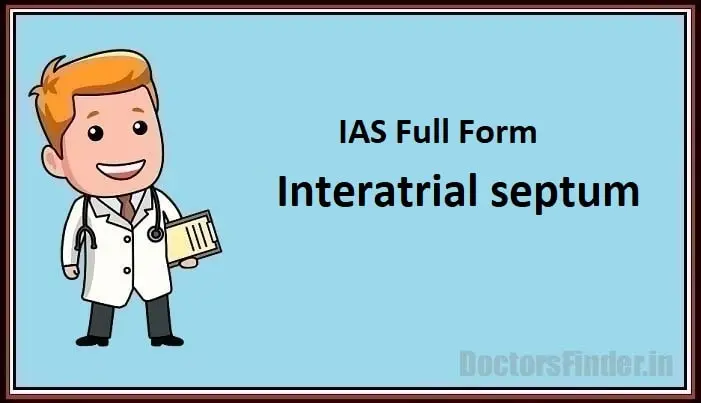The full form of IAS in medical term is interatrial septum.
The wall that is between the left and right atria of the heart is called the interatrial septum. It is essential to the heart’s anatomy since it ensures blood flows properly through the heart and the body’s other organs. Multiple layers comprise the interatrial septum, including the myocardium, epicardium, and endocardium.
The interatrial septum contains several structures crucial to the heart’s operation. For instance, all fetal hearts have the fossa ovalis, a dip in the septum. A growing fetus’s lungs are not yet functional; thus, this depression enables blood to skip them and travel straight to the body. The fossa ovalis often closes post-birth and creates a flat surface on the interatrial septum.
The atrial septal defect is yet another significant component of the interatrial septum (ASD). This congenital cardiac defect permits blood to pass between the left and right atria through an irregular gap in the septum. Breathing difficulty, exhaustion, and heart failure are just a few of the symptoms and consequences that might arise based on the extent and location of the defect.

Its diverse functions and structures may impact general heart health; when problems are detected, proper evaluation and treatment are necessary.